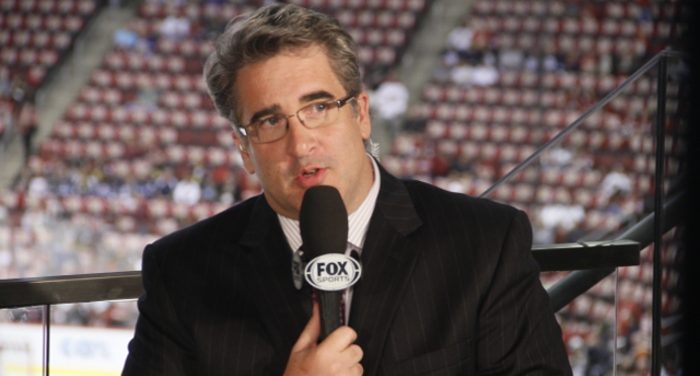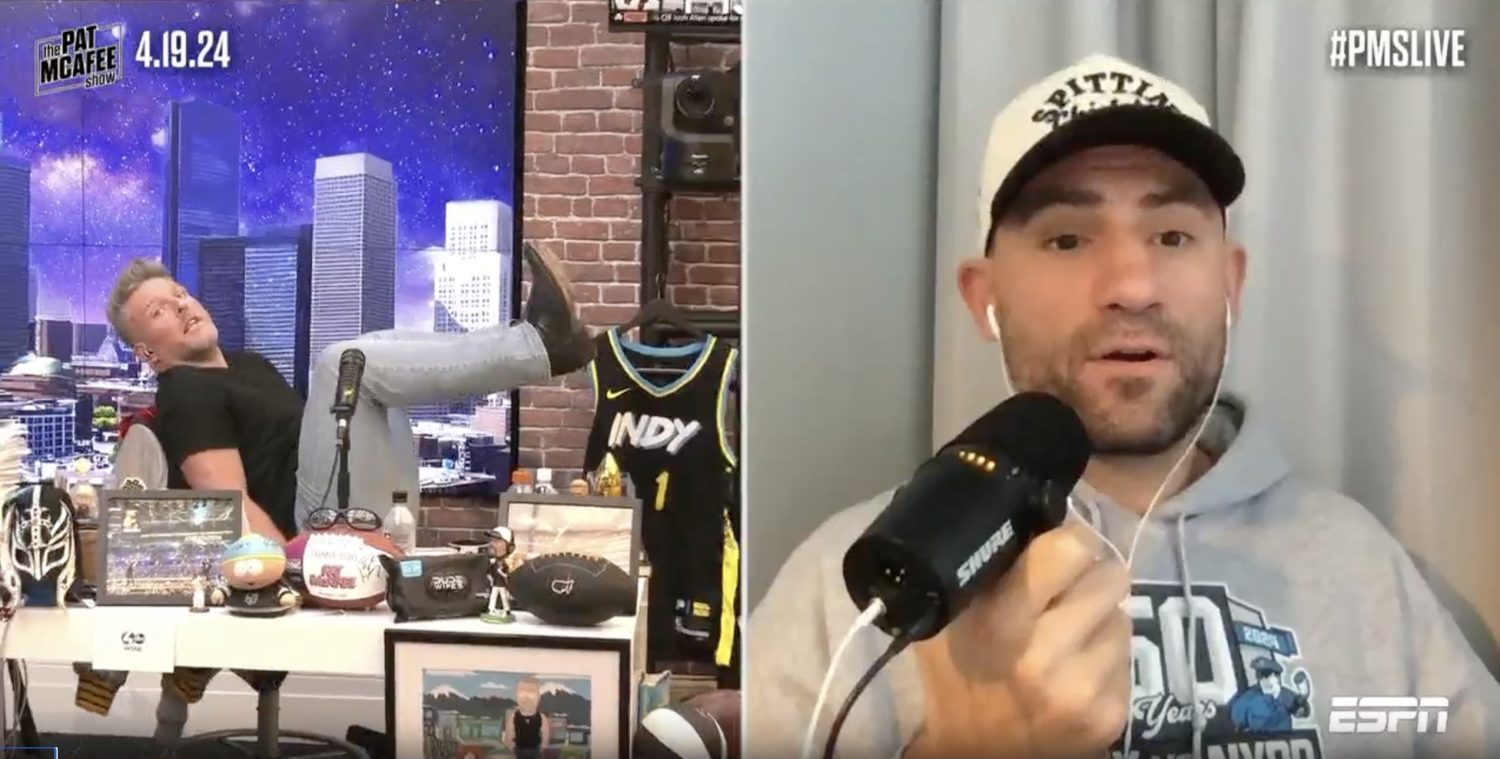There are many different elements to the Pac-12’s current struggles. Those have seen the conference lose USC and UCLA to the Big Ten, face regular speculation about other schools leaving, and see all sorts of reports about just how underwhelming their next media deal may be when it does finally land. And the conference’s issues certainly can’t be entirely placed on one person. But, with all that said, former conference commissioner Larry Scott (who held that role from 2009-2021) was a key figure in many of the decisions that have gotten them to this point. And that makes some recent reporting on Scott’s compensation from Jon Wilner of the (San Jose) Mercury News quite interesting, with Wilner noting that Scott’s total amount of pay from the conference for that 2009-2021 work is set to clear $50 million:
If you're scoring at home (and we are), that's $50 million for Larry Scott and an epic fail for the #Pac12 presidentshttps://t.co/3suFF18DsF
— Jon Wilner (@wilnerhotline) May 20, 2023
Some key excerpts from that:
On Friday, the Pac-12 released its federal tax filings for the 2022 fiscal year. The document indicates Scott was paid $4.1 million for his final six months on the job, from January through June of 2021.
That whopping total included a $1.5 million severance payment.
Oh, but there’s more. According to the conference, the final installment of Scott’s compensation will appear on the tax filings released next spring, for the 2023 fiscal year, based on the separation agreement he reached with the Pac-12’s board of directors (i.e., the university presidents).
Assuming the $1.5 million appearing on the 2022 filings represented half of Scott’s severance package — and the board wanted to spread the payments out over two years — the other half will push him over the $50 million mark in total compensation from the Pac-12 over his 13 years under contract. …Add the remaining severance payment (presumably $1.5 million) that should become public next spring, and Scott should finish with about $50.5 million in total pay.
But most college conference commissioners are paid very well, right? Well, not as well as Scott. Scott’s compensation varied over time, starting at $1.9 million annually but reaching more than $4 million by his fifth year and more than $5 million by his ninth year, and looks to have been $5.2 million in fiscal 2022 if he didn’t leave ($4.1 million for 6 months – $1.5 million severance = $2.6 million X2). By comparison, in a separate piece on those 2021-22 tax filings, Wilner wrote that Scott’s replacement George Kliavkoff made $1.8 million for his first six months on the job, which would give him around $3.6 million annually, a more typical commissioner range these days. And even that is a huge step up from where things were; in 2018, Scott was making $4.8 million annually, while much more successful commissioners Jim Delany (Big Ten) and Greg Sankey (SEC) were pulling in $2.4 million and $1.9 million respectively.
Going from Scott’s personal pay to Kliavkoff’s is only part of the financial savings the Pac-12 is finding post-Scott, though. As Wilner writes in that piece on the tax filings, overall Pac-12 expenses related to conference operations dropped 12.7 percent from fiscal 2020 (used because fiscal 2021 is a bad comparison due to COVID-19 changes) to $41 million. Some of those changes may have started with Scott at the helm, or may have been made if he’d continued on, but one specific big item is very definitely a Kliavkoff move; closing the conference and conference network’s expensive offices in downtown San Francisco (with annual rent near $7 million back in 2018, and noted as a problem then) and shifting operations to remote work and a cheaper East Bay facility.
That move is estimated to save the Pac-12 at least $5 million annually beginning in fiscal 2023. So the conference is saving around $1.6 million a year just from going from Scott to Kliavkoff. And then they’re saving another $5 million a year from one of Kliavkoff’s first big decisions (and one contrary to Scott’s plan of the San Francisco office, which was a move designed to try to appeal to tech firms). That’s important, considering that their per-school distributions for the 2022 fiscal year were the lowest in the Power 5:
Per-school distributions:
B1G: $58.8M, with slightly less for Neb, UMd, Rutgers
SEC: $49.9M
Big 12: $42M to $44.9M
ACC: $37.9M to $41.3M
Pac-12: $37M https://t.co/3l2MPcek23— Steve Berkowitz (@ByBerkowitz) May 19, 2023
And, yes, cheaper isn’t always better. Even a higher-paid executive can be valuable if they deliver good results for a business. But it’s hard to argue for that being the case with Scott, whose tenure was marred by countless problems from the Pac-12 Networks (another area where his hand was very obvious in the six regional networks setup, which caused no end of issues), including even a Comcast overpayment scandal, who spent a lot of time and money pursuing private equity investment that came to nothing, and who took fire on other fronts ranging from Vegas spending to a thin skin. Even the most charitable interpretations of Scott’s tenure would have the conference in a worse situation relative to the rest of the Power 5 at his exit versus his start. And while all the blame there isn’t necessarily on him, it’s certainly notable to see just how much the conference paid him during that time, and how much they’re saving with a different commissioner and offices outside San Francisco.
[The Mercury News; photo of Scott from the 2018 Pac-12 football Media Days, from Kirby Lee/USA Today Sports]







